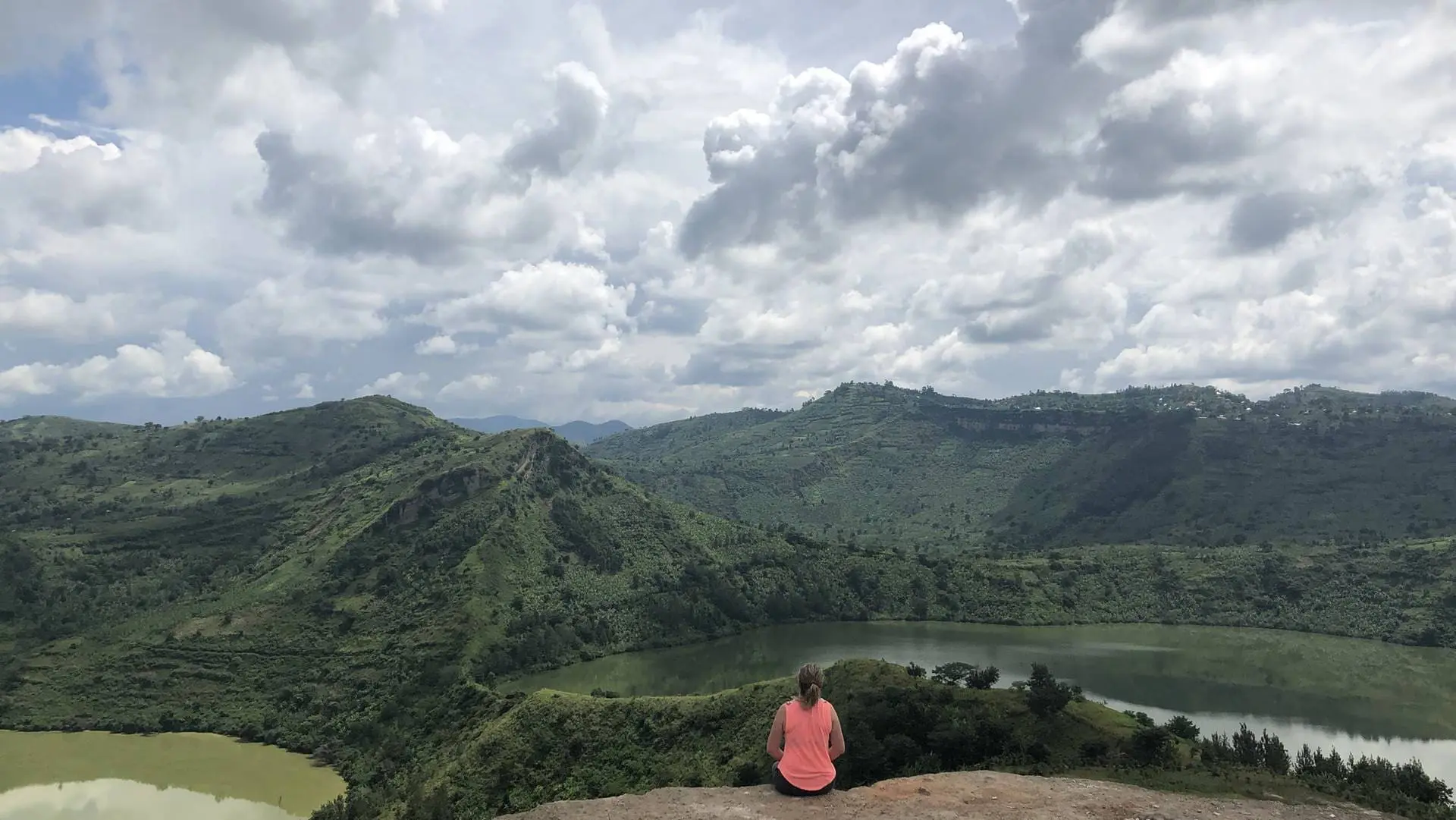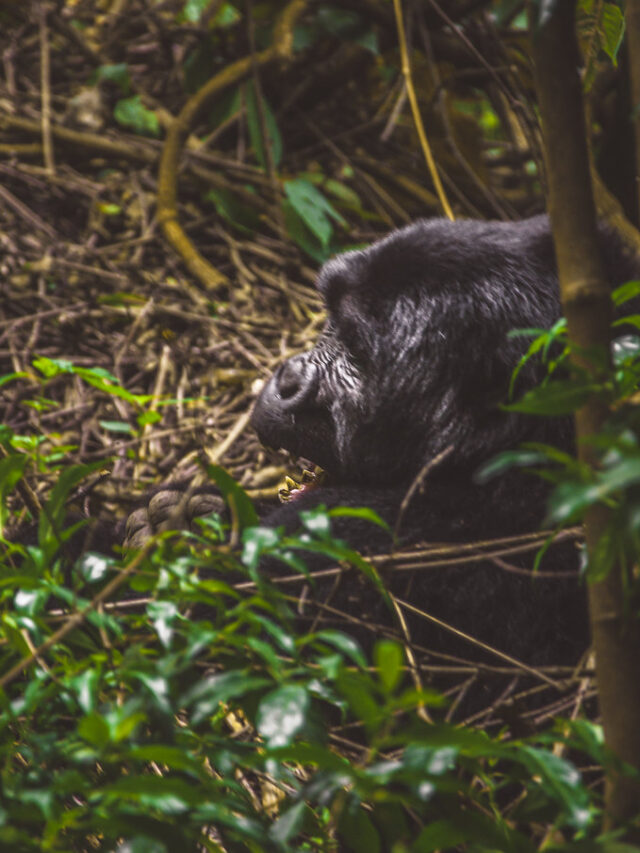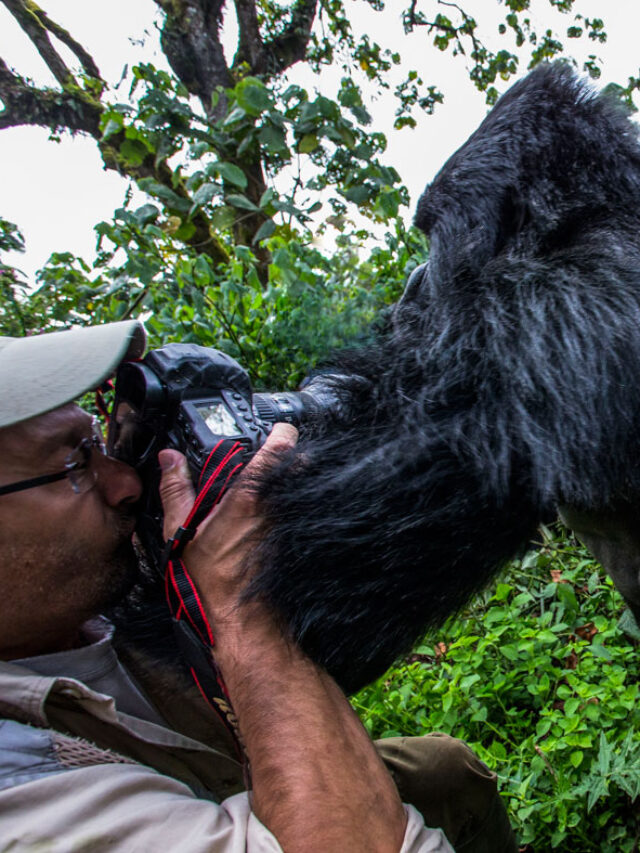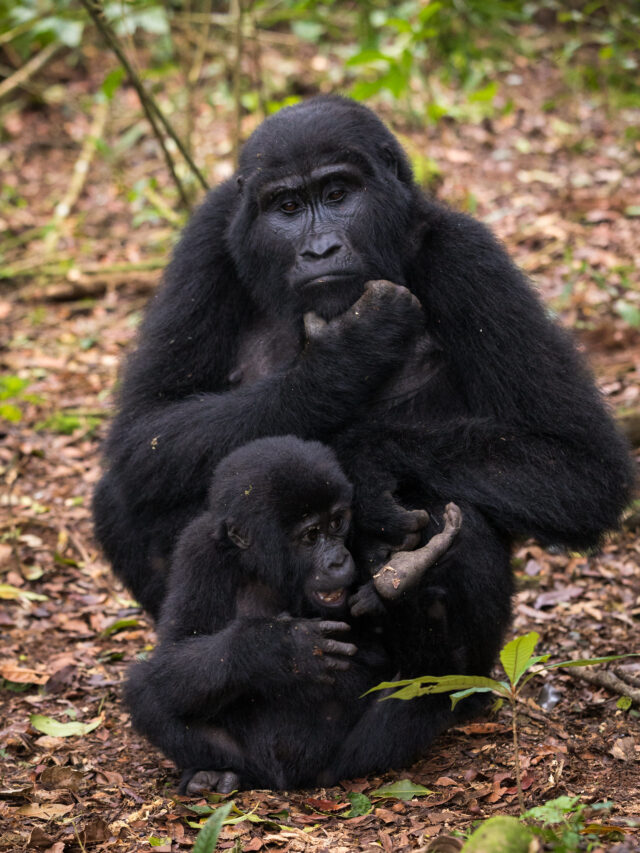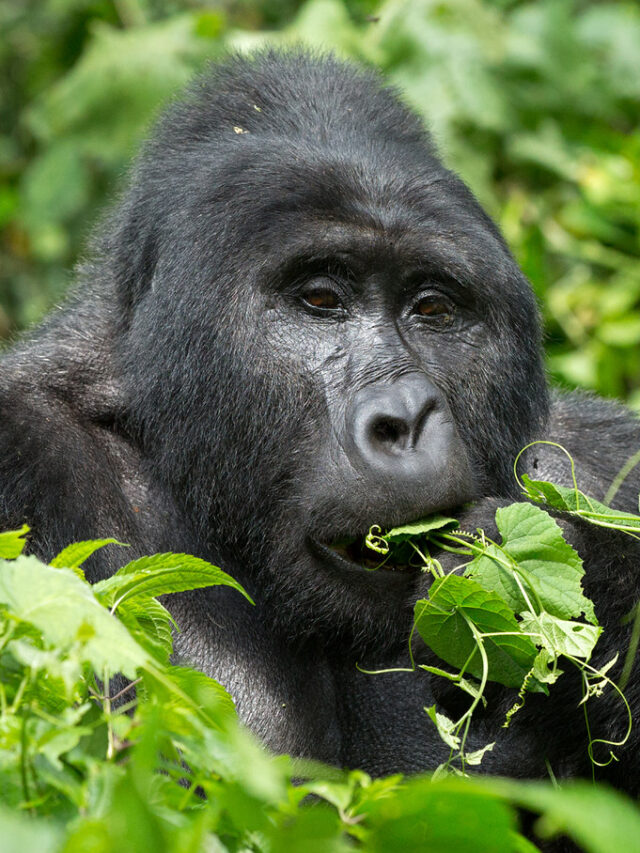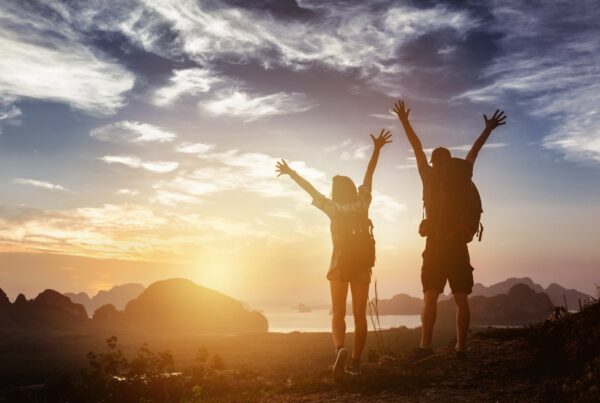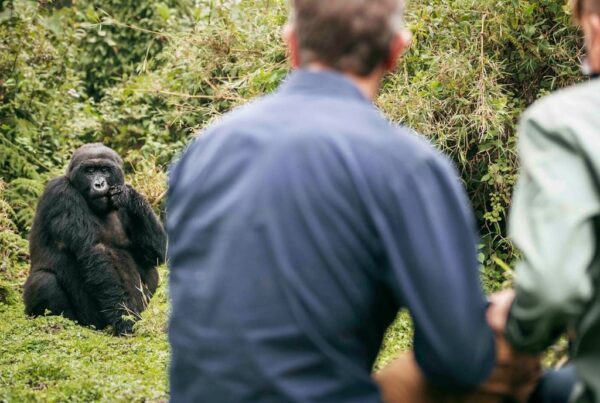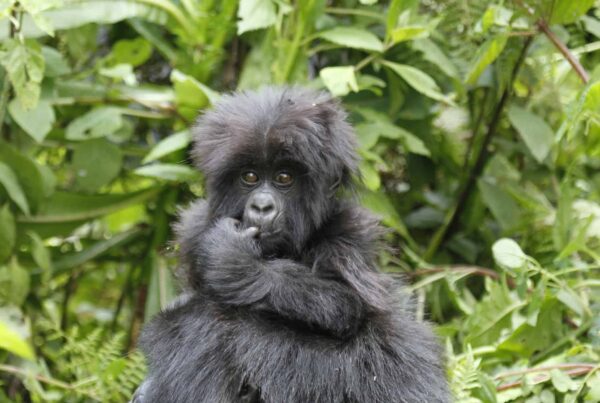Hiking in Uganda: Exploring the Pearl of Africa on Foot
Discover the Soul of Uganda Step by Step
There’s a unique magic to hiking in Uganda—an experience that goes beyond physical movement to become a spiritual and emotional journey through one of Africa’s most untouched and ecologically rich landscapes. Known as the Pearl of Africa, Uganda isn’t just home to gorillas and the source of the Nile. It’s also a hiker’s paradise—lush, scenic, rugged, and deeply rewarding. From mist-covered mountains in the west to expansive savannahs and crater lakes, every trail you take in Uganda tells a story, beckons with culture, and reconnects you with a wilder rhythm of life.
Why Uganda is Africa’s Hidden Hiking Gem
Hiking in Uganda is not as commercialized as in other African destinations like Tanzania or South Africa. But that’s exactly what makes it authentic. Trails feel unspoiled. The people you meet—whether mountain guides, park rangers, or villagers—are deeply rooted in the landscape. Uganda offers a hiking experience that’s raw and real, with a tapestry of ecosystems that transform dramatically in just a few kilometers. One minute you’re walking under thick rainforest canopies with silver-cheeked hornbills overhead, and the next you’re skirting grassy escarpments overlooking hippo-filled rivers.
The country’s varied topography—ranging from 600m to over 5,000m above sea level—means there’s a trail for every kind of adventurer. Whether you’re a seasoned mountaineer craving altitude or a nature lover looking for scenic day hikes, Uganda offers a spectrum of hiking routes that blend dramatic scenery, rich biodiversity, and cultural immersion.
The Iconic Hiking Destinations in Uganda
Rwenzori Mountains – “Mountains of the Moon”
Standing majestically on the western border with the DRC, the Rwenzori Mountains are the crown jewel of hiking in Uganda. Often cloaked in swirling mists, the Rwenzoris are unlike any other range in Africa—glacially capped, shrouded in spongy Afro-alpine vegetation, and hauntingly beautiful. Trekking here is not for the faint-hearted. Reaching Margherita Peak (5,109m) on Mount Stanley, the third-highest in Africa, takes about 7 to 9 days and challenges you with rugged trails, icy ridges, and boggy valleys. But what you gain in return is unparalleled—a true expedition into Africa’s roof of clouds, with moss-draped trees, giant lobelias, and glaciers whispering ancient secrets.
Mount Elgon – The Overlooked Volcano
If you’re seeking high altitudes without extreme mountaineering, Mount Elgon in Eastern Uganda is your answer. With its highest peak, Wagagai (4,321m), this extinct shield volcano offers a gentler ascent compared to the Rwenzoris. The hike typically takes 4 to 6 days and leads through montane forest, moorland, and caves carved out by elephants. The vast caldera at the summit, one of the world’s largest, is a surreal sight to behold—quiet, wind-swept, and ancient. Hikes here feel meditative, and you rarely encounter crowds, giving you uninterrupted communion with nature.
Sipi Falls – Cascades and Coffee Trails
For those who prefer a mix of beauty and leisure, the Sipi Falls area at the foothills of Mount Elgon offers charming, moderate hikes with views that feel like living paintings. With three stunning waterfalls, endless banana plantations, and some of Uganda’s finest Arabica coffee farms, hiking in Sipi isn’t just about the trail—it’s about connecting with the land and the people. Local guides lead you through terraced farms, storytelling caves, and ridge-top viewpoints where you can watch the sun set over the vast plains of eastern Uganda.
Bwindi Impenetrable Forest – Ancient Trails and Gorilla Paths
Although globally renowned for gorilla trekking, Bwindi’s dense, hilly terrain is also perfect for deep-forest hiking. Beyond the gorilla experience, several community trails take you through the “impenetrable” jungle, once used by indigenous Batwa people. The air here is thick with humidity and the sound of birdlife—nearly 350 species—and if you slow down, you might spot forest elephants, colorful butterflies, and even elusive chimpanzees. It’s a hike that feels like stepping into a primordial world, where every leaf and vine pulses with life that’s remained unchanged for centuries.
Lake Bunyonyi – Hikes with Heart and Horizon
Though not a mountain destination, the highlands surrounding Lake Bunyonyi offer some of Uganda’s most serene hiking options. With 29 lush islands scattered across its mirror-like surface, Bunyonyi invites hikers to wander along ridges, visit terraced farms, and stop by island communities accessible by canoe. It’s perfect for relaxed trekking, ideal for families or solo travelers looking to wind down. And yet, every walk feels deeply meaningful—revealing the rhythm of rural life, the melodies of school children across valleys, and the simple beauty of Uganda’s soul.
When to Go Hiking in Uganda
The best months for hiking in Uganda are during the dry seasons—December to February and June to August. Trails are more accessible, skies are clearer, and wildlife sightings are more frequent, especially in forested areas. That said, Uganda’s equatorial climate means it can rain any time, especially in mountainous regions like the Rwenzoris, so gear up with waterproofs and always hike with local guides who understand the microclimates.
The Cultural Layer: Hiking Beyond Landscapes
One of the most beautiful aspects of hiking in Uganda is that it’s never just about nature. It’s also about people. Whether you’re ascending Mount Moroto among the Karamojong or exploring the crater lakes of Fort Portal guided by Tooro youth, every step is wrapped in rich cultural exchange. Uganda’s trails are not manufactured—they are living paths shaped by generations of foot traffic, from cattle herders to ancient trade routes. By choosing to hike here, you’re not just exploring geography—you’re walking into stories, traditions, and genuine hospitality that deepen the experience profoundly.
Essential Tips for Hikers in Uganda
To hike responsibly and safely in Uganda, always go with a certified guide or tour operator, especially in remote areas or national parks. Be mindful of altitude changes, carry ample water, and support local communities by choosing community-led hiking experiences. Also, respect wildlife corridors and tread lightly in fragile ecosystems—Uganda’s biodiversity is precious, and hikers play a key role in its preservation.

